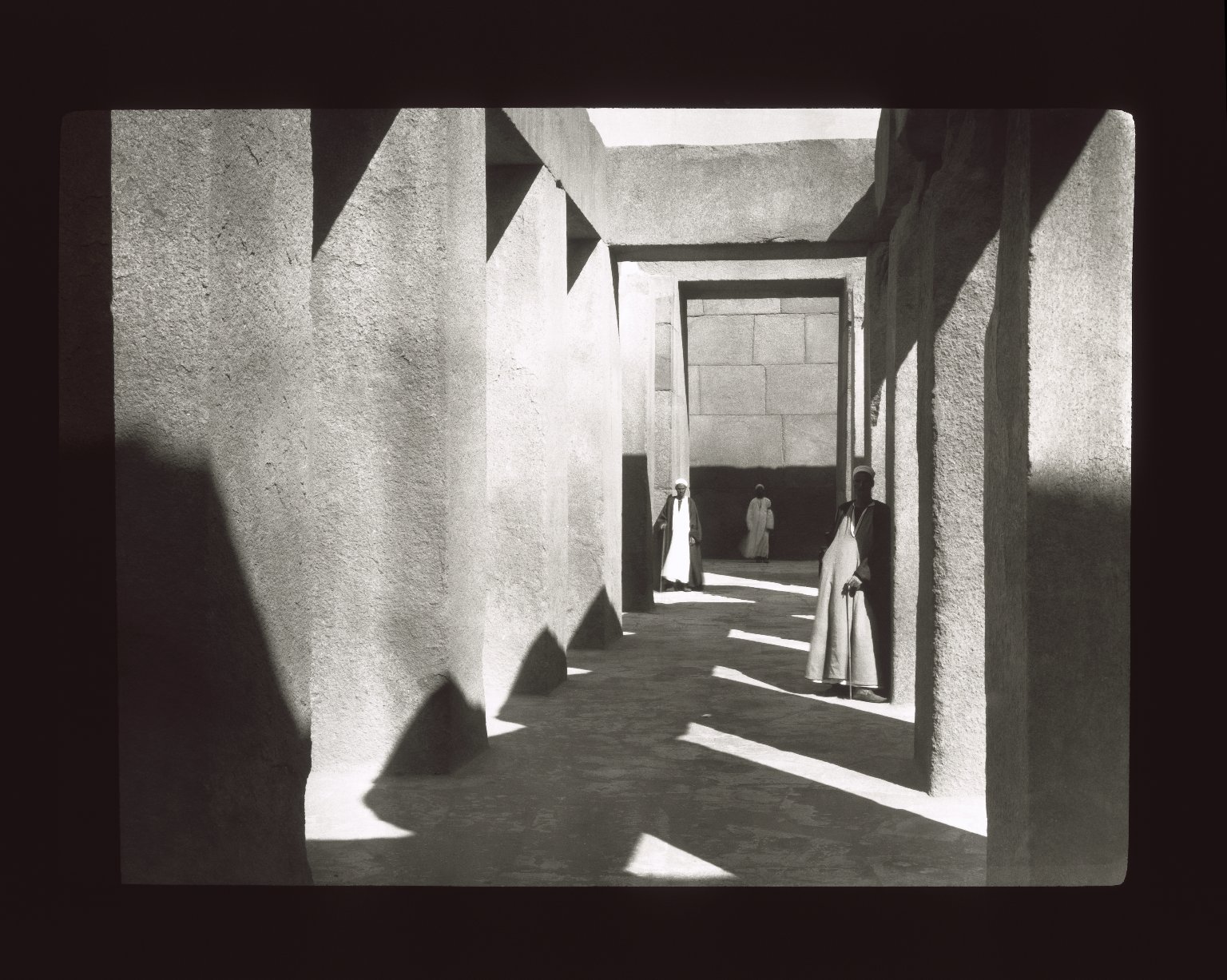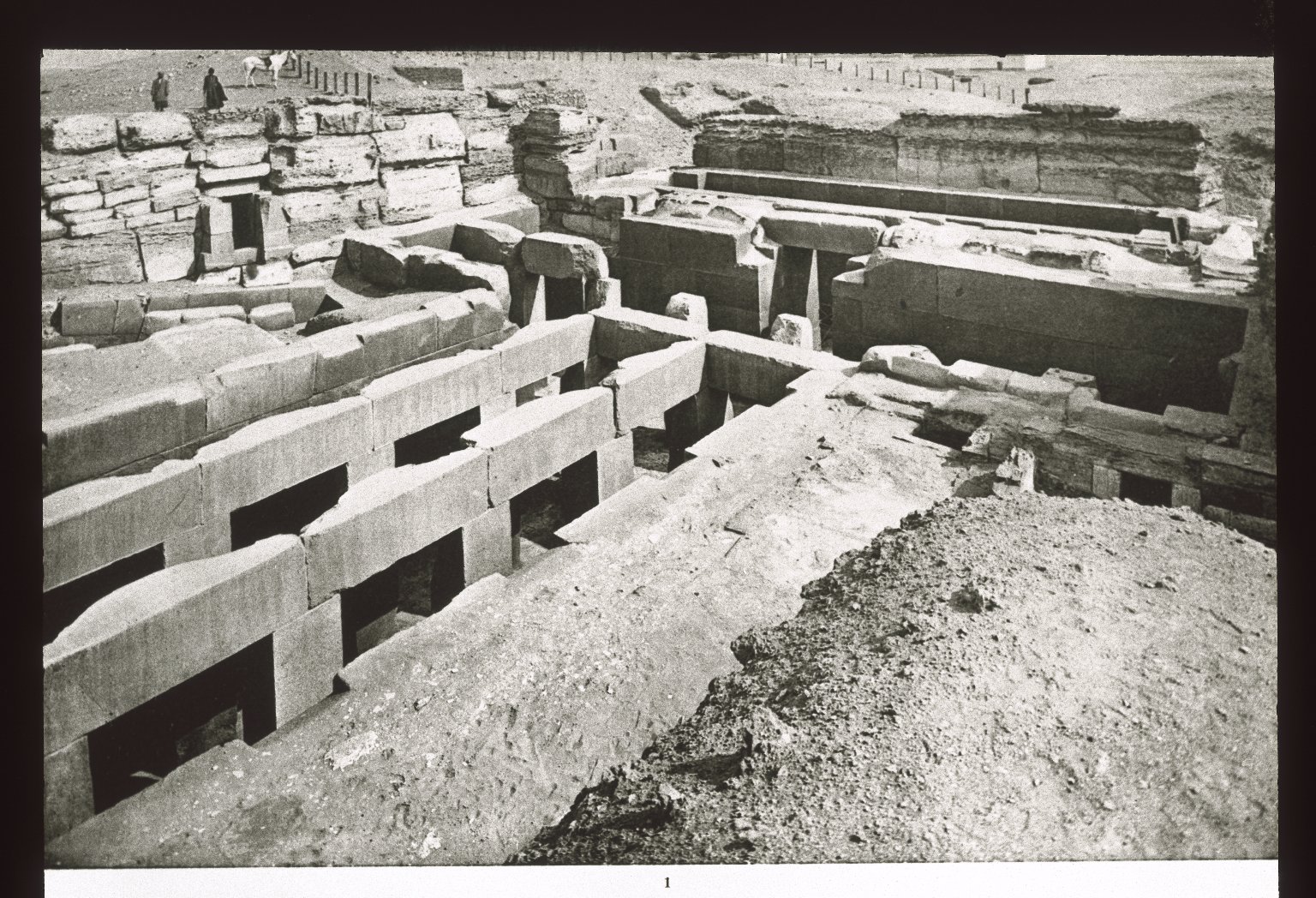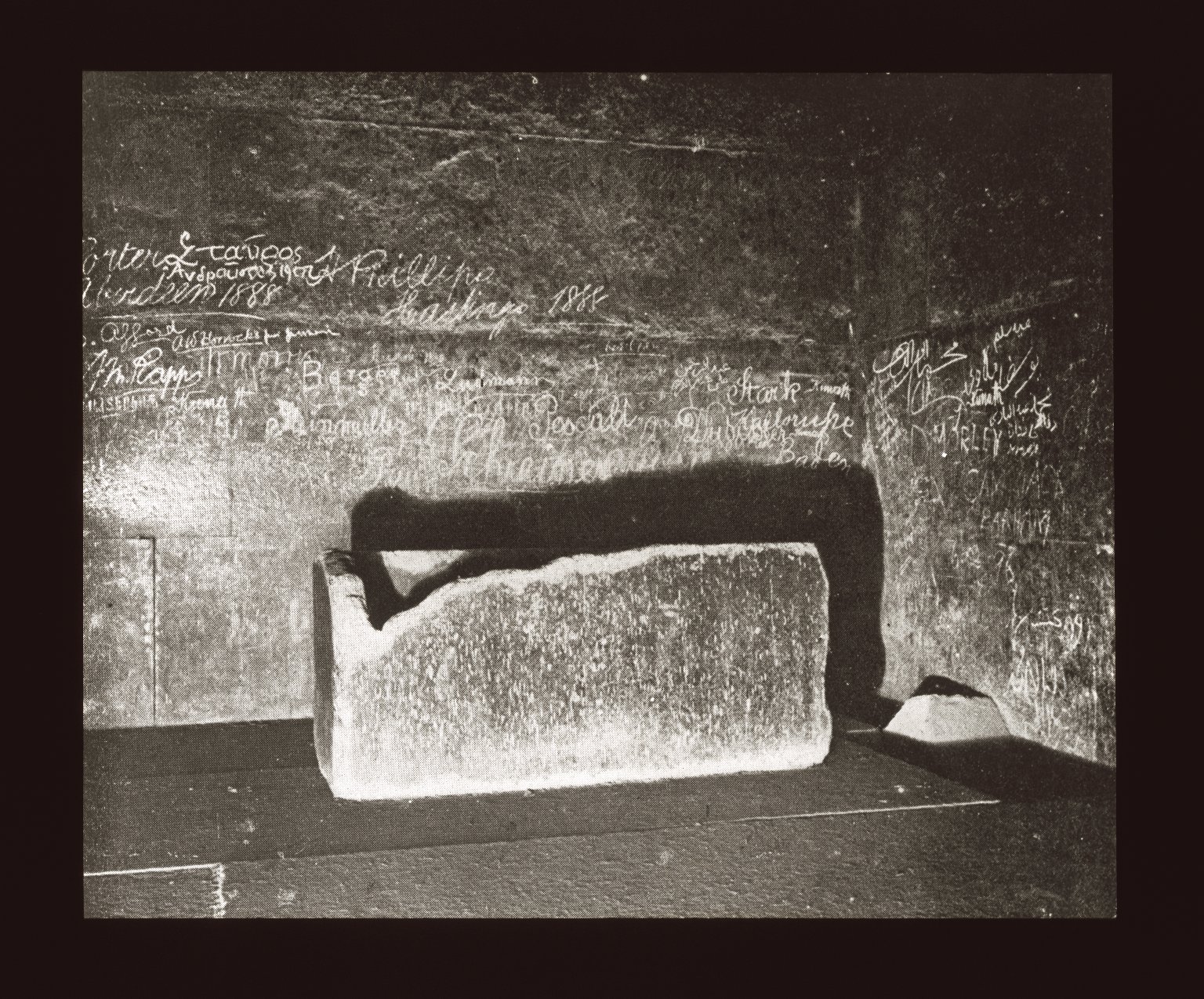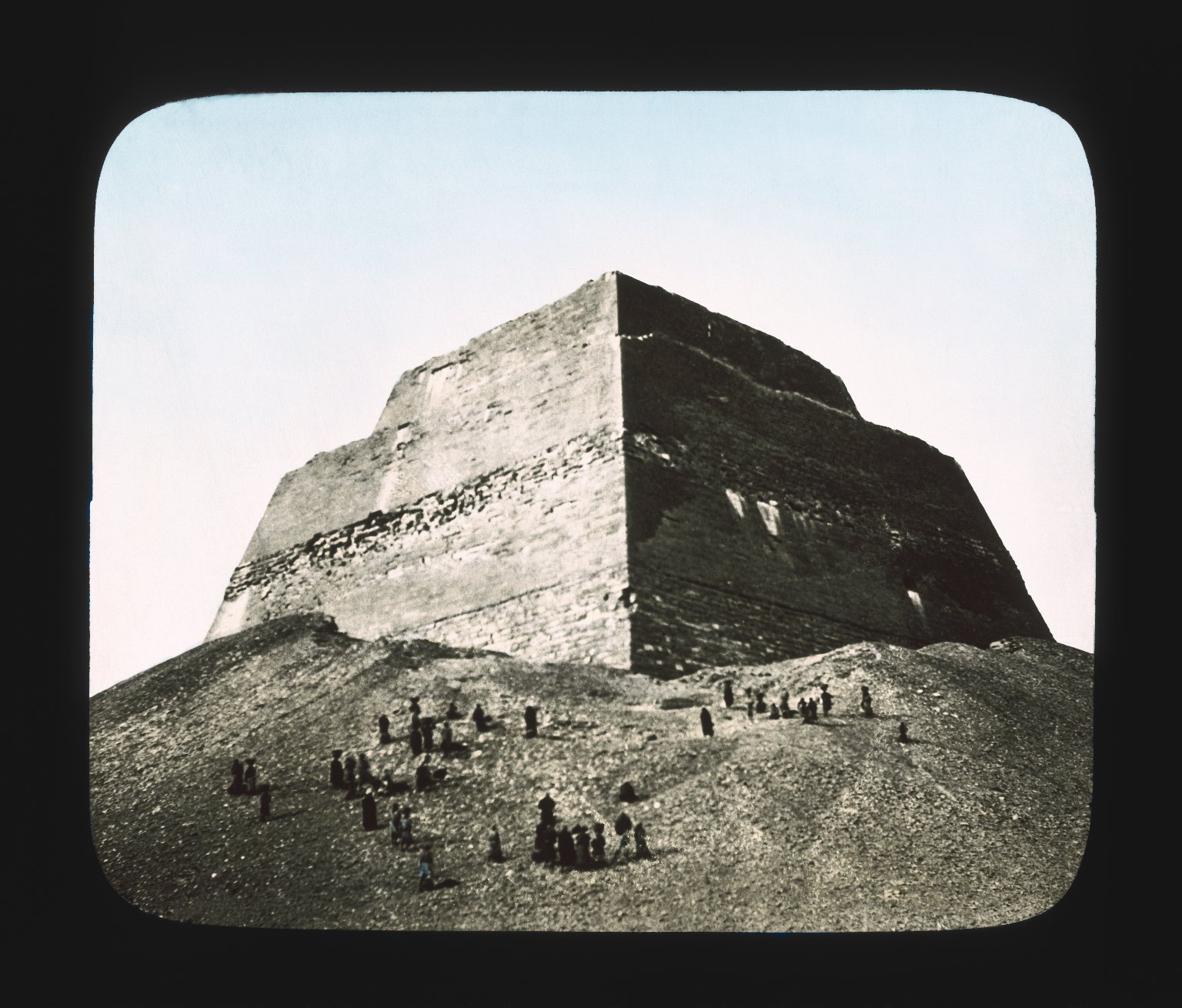Not all who visited Egypt, whether in ancient or relatively modern times, were impressed with the ancient architecture of the early Egyptians. Some, like Herodotus and Diodorus of Sicilia, didn’t think very highly of the pyramids builders, especially Kheops and Khefren, they thought they were tyrants and heretics. Others, like French writer Pierre Loti who visited Egypt in 1907, thought the sight of the Pyramids, the Sphinx and the surrounding desert, looked apocalyptic, awful, and surreal!
Here’s what Herodotus had to say about the builder of the Great Pyramid of Giza and his theory on how the Pyramids were built:
As long as Rhampsinit was king, as they told me, there was nothing but orderly rule in Egypt, and the land prospered greatly. But after him Kheops became king over them and brought them to every kind of suffering: He closed all the temples; after this he kept the priests from sacrificing there and then he forced all the Egyptians to work for him. So some were ordered to draw stones from the stone quarries in the Arabian mountains to the Nile, and others he forced to receive the stones after they had been carried over the river in boats, and to draw them to those called the Libyan mountains. And they worked by 100.000 men at a time, for each three months continually. Of this oppression there passed ten years while the causeway was made by which they drew the stones, which causeway they built, and it is a work not much less, as it appears to me, than the pyramid. For the length of it is 5 furlongs and the breadth 10 fathoms and the height, where it is highest, 8 fathoms, and it is made of polished stone and with figures carved upon it. For this, they said, 10 years were spent, and for the underground chambers on the hill upon which the pyramids stand, which he caused to be made as sepulchral chambers for himself in an island, having conducted thither a channel from the Nile. For the making of the pyramid itself there passed a period of 20 years; and the pyramid is square, each side measuring 800 feet, and the height of it is the same. It is built of stone smoothed and fitted together in the most perfect manner, not one of the stones being less than 30 feet in length. This pyramid was made after the manner of steps, which some call ‘rows’ and others ‘bases’: When they had first made it thus, they raised the remaining stones with devices made of short pieces of timber, lifting them first from the ground to the first stage of the steps, and when the stone got up to this it was placed upon another machine standing on the first stage, and so from this it was drawn to the second upon another machine; for as many as were the courses of the steps, so many machines there were also, or perhaps they transferred one and the same machine, made so as easily to be carried, to each stage successively, in order that they might take up the stones; for let it be told in both ways, according as it is reported. However that may be, the highest parts of it were finished first, and afterwards they proceeded to finish that which came next to them, and lastly they finished the parts of it near the ground and the lowest ranges. On the pyramid it is declared in Egyptian writing how much was spent on radishes and onions and leeks for the workmen, and if I remember correctly what the interpreter said while reading this inscription for me, a sum of 1600 silver talents was spent. Kheops moreover came to such a pitch of evilness, that being in want of money he sent his own daughter to a brothel and ordered her to obtain from those who came a certain amount of money (how much it was they did not tell me). But she not only obtained the sum that was appointed by her father, but she also formed a design for herself privately to leave behind her a memorial: She requested each man who came in to her to give her one stone for her building project. And of these stones, they told me, the pyramid was built which stands in front of the great pyramid in the middle of the three, each side being 150 feet in length.
After Kheops was dead his brother Khephren succeeded to the royal throne. This king followed the same manner as the other … and ruled for 56 years. Here they reckon altogether 106 years, during which they say that there was nothing but evil for the Egyptians, and the temples were kept closed and not opened during all that time”.
These kings the Egyptians -because of their hate against them- are not very willing to say their names. What’s more, they even call the pyramids after the name of Philítîs the shepherd, who at that time pastured flocks in those regions. The Histories
While a lot of modern Egyptologists don’t take Herodotus’ accounts as fact, it is still a fascinating account. Next instalment, we’ll see what Pierre Loti had to say bout the Pyramids of Giza. For now enjoy.

Egypt: Three dragmans or guards posing at the Granite Temple near Pyramid of Khephren in Gizeh, 4th Dynasty. By Brooklyn Museum, taken sometime in 1900.

Egypt: Granite Temple near Pyramid of Khephren. Gizeh, 4th Dynasty. By Brooklyn Museum, taken sometime in 1900.

Egypt: The burial chamber inside the Pyramid of Kheops, Gizeh, 4th Dynasty. By Brooklyn Museum, taken sometime in 1900.

Egypt: Step Pyramid of Meidum, believed to have been originally built for Huni, the last pharaoh of the Third Dynasty. Beni Sueif. By Brooklyn Museum, taken sometime in 1900
![Brooklyn Museum: Visual materials [6.1.018]: Egypt.](http://cdn2.brooklynmuseum.org/images/opencollection/archives/size4/S03i2389l01.jpg)
Egypt: the Mena House in Gizeh overlooking the Pyramids. By Brooklyn Museum, taken some time in 1891.








